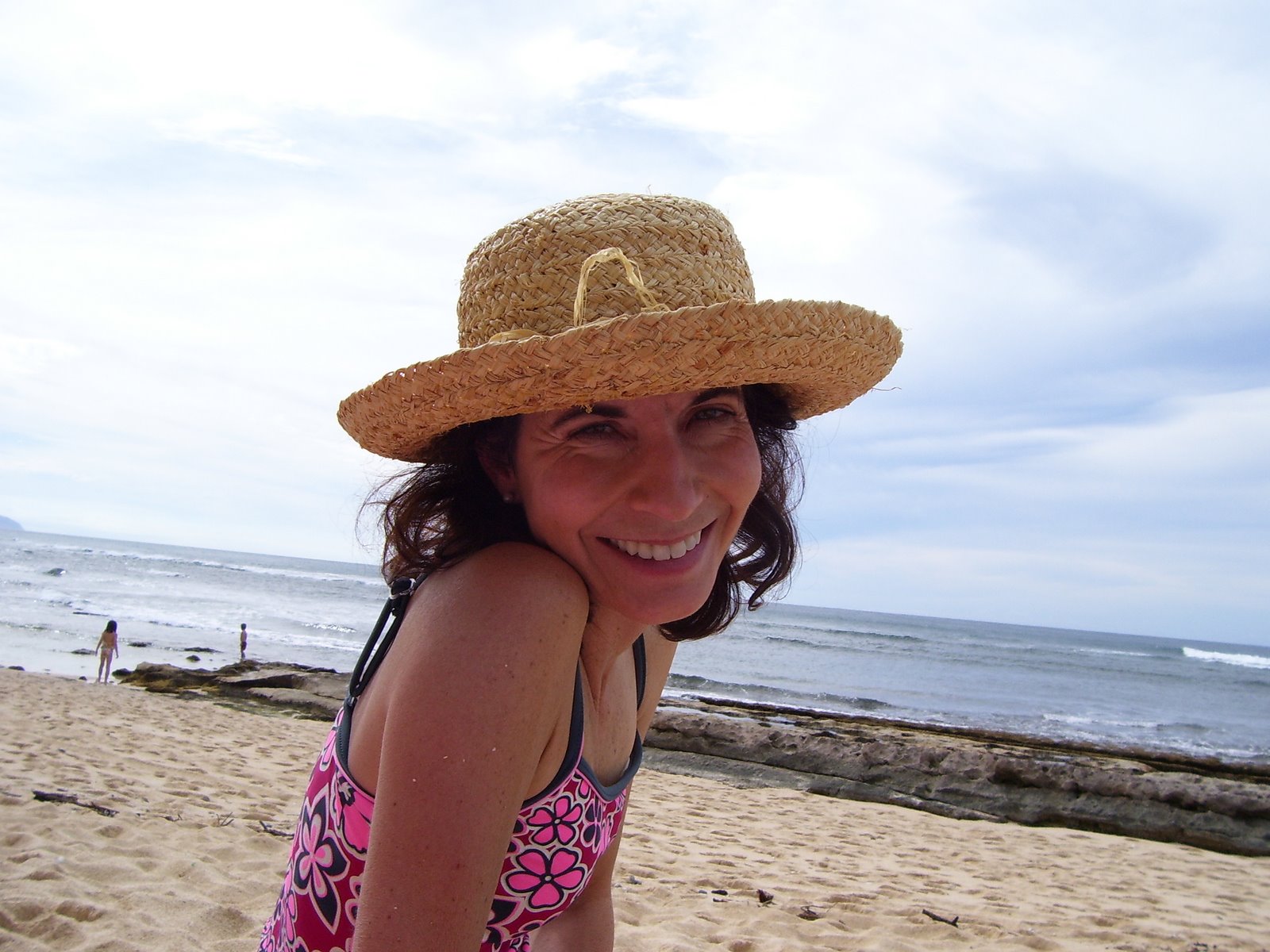
While rain is almost always welcome up here, this storm is particularly timely.
Lake Cuyamaca Recreation and Park District is a state entitiy created in the mid-sixties to provide recreational opportunities in San Diego's backcountry. It's governed by a board of directors who must be land owners near the lake. (I believe everyone should serve on two committees, no more, no less....This is one of mine)
Historically, there's always been at least a wet spot where the lake sits. There was an ancient natural lake here but as any limnologist will tell you, lakes are always a temporary geological structure. They tend to silt up.
In 1888 an earthen dam was constructed blocking Boulder Creek. A brow ditch was dug along the western face of North Peak to help feed the lake, too. Water shares were sold in the City of San Diego; the water flowed naturally down Boulder Creek, met with a diversionary dam (still exists) and was chanelled into a redwood flume that carried the water 33 miles to San Diego. This was the original water project for San Diego.
The lake would fill and empty on an annual basis. There were a few attempts to stock the lake with fish but fish don't survive long when not surrounded by a lake, so it wasn't much of a fishing spot.
After many years, and new water projects (including imported water from the California Aquaduct system) the Cuyamaca water wasn't so important. Helix water district aquired the waterproject and dam.
In the mid 60's, 'Wig' Fletcher, son of the developer Colonel Ed Fletcher, approached the State of California and struck up the necessary deals with all involved, to form the Recreational district. One of the things he knew was necessary for a year 'round lake with an active fishery was, and is, water. This is where the storms come in...
Helix water district loses water by keeping it in the lake; the evaporative loss is much higher at altitude in a shallow basin where it's windy, as opposed to letting it naturally drain to the deep waters of El Capitan Lake. The deal that was cut is, we take a reading April 15th and mark that water level. We take another reading December 15th, see how much it's dropped, and pay Helix for the evaporative loss. Since we're getting some good rain before the 15th it's going to be a good year.




2 comments:
That's good!
Up here, it's the snow level they worry about. We need enough of a snow pack to feed our rivers through the dryer seasons & keep the forest damp longer. Obviously, less snow = more fires.
Our personal financial impact would be taxes to support the fire-fighting efforts. So, c'mon SNOW!!
That, and fire loss for your region can jack up your homeowner's rates. Burnt out forests will negatively impact your home's value for awhile, too, though it's temporary. I hope.
Post a Comment